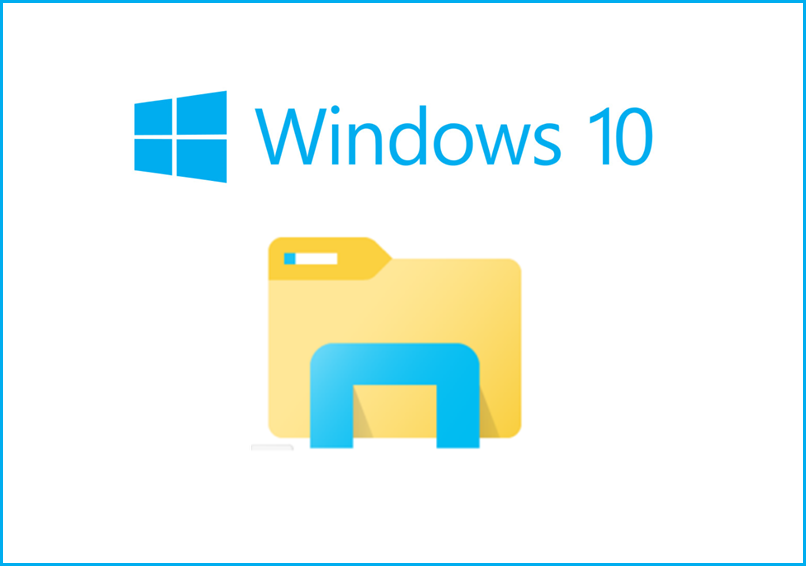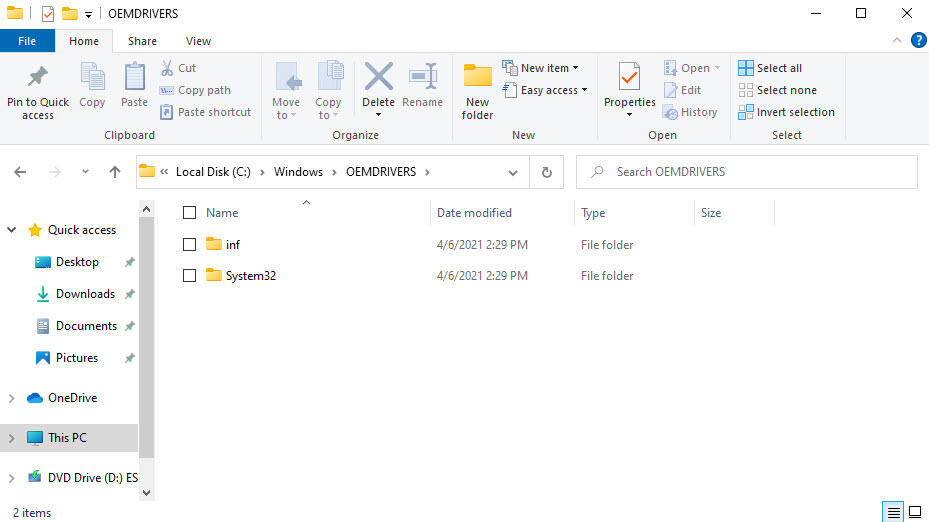A Windows 10 update due the second half of 2021 creates a dedicated folder for third-party drivers to isolate them from the operating system.

Image: Greg Shultz
Microsoft is apparently looking to resolve certain conflicts with third-party drivers in Windows 10 via a change slated for the second half of the year. Windows sometimes runs into hiccups with third-party programs, especially ones that don’t play by the rules. An application that doesn’t install or behave properly can conflict with core elements of the operating system, leading to blue screens, crashes, freezes and other annoying glitches. In particular, third-party drivers can be a source of consternation, and that’s where Microsoft seems to be focusing its latest efforts.
Traditionally, third-party drivers have been stored in the Windows\System32 folder, specifically in a subfolder called DriverStore, but this subfolder is home to critical Windows drivers as well. Storing drivers for both Windows and for third-party applications all in the same location can be problematic.
SEE: Windows 10 Start menu hacks (TechRepublic Premium)
The latest insider build for Windows 10 21H2 (code named Sun Valley) reveals a change in where those third-party drivers are installed, as revealed in a tweet by an account named Albacore and covered by Bleeping Computer. Instead of using the DriverStore folder, Windows 10 will redirect those drivers to a new folder called OEMDRIVERS (OEM standing for original equipment manufacturer), which itself will be stored as a subfolder directly off the Windows folder (Figure A).
Figure A

The feature must be enabled before the first bootup of a new version of Windows 10, a process that has to be done manually with the insider build, but presumably will occur automatically when Windows 10 21H2 hits the public later this year. After the feature is enabled and the latest version is installed, the operating system will automatically move external drivers to the new OEMDRIVERS folder, according to Bleeping Computer.
Microsoft declined TechRepublic’s request to comment on this change, but by isolating these third-party drivers, the company is clearly hoping to eliminate or at least reduce the types of conflicts that have arisen in the past. Isolating or sandboxing certain files and other elements is a key way toward avoiding conflicts and protecting the operating system. Such a move should enhance not only the reliability, but the security of Windows as far as incorporating third-party drivers.
“Looks like Microsoft wants to isolate 3rd party drivers on Desktop similarly to how they isolate them on 10X,” Albacore noted in the tweet. “No dedicated partition, but a folder will do.”
The Windows 10 21H2 build is currently available for Windows Insiders who join the Dev Channel. Microsoft is currently still working on Windows 10 21H1 to roll out sometime during the first half of the year.
Also see
Source of Article




